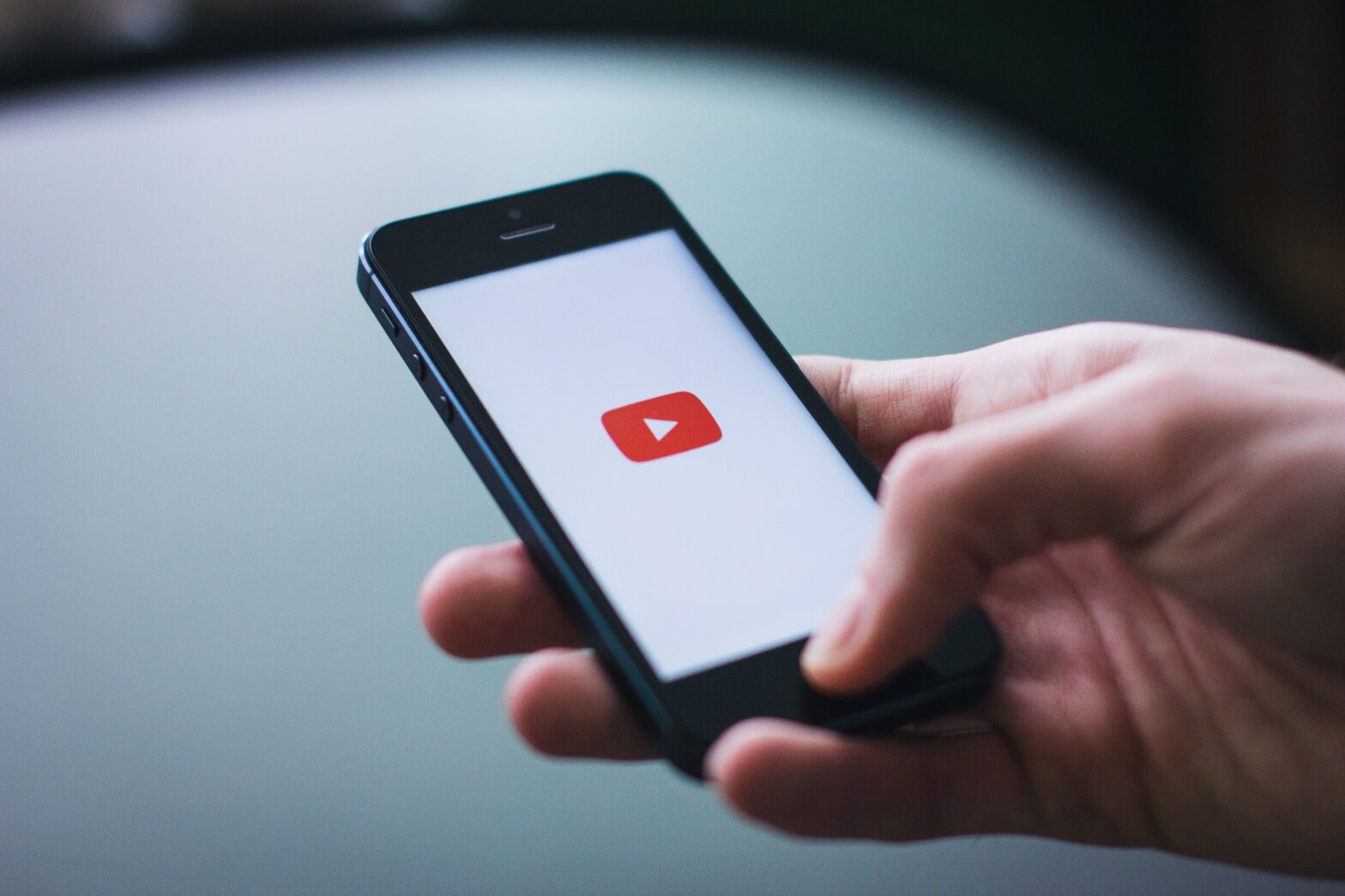Table of Contents
Monetizing your YouTube channel can transform your passion for creating videos into a lucrative career. With billions of users and an extensive reach, YouTube offers content creators a unique platform to earn revenue through various streams such as ads, sponsorships, and fan funding. However, navigating the complexities of YouTube monetization requires understanding specific eligibility requirements, adherence to guidelines, and strategic planning. This comprehensive guide will walk you through everything you need to know about YouTube monetization, from joining the YouTube Partner Program to exploring extra ways to boost your income, ensuring you can maximise your earnings while maintaining compliance with YouTube’s policies.
Understanding YouTube Monetization
YouTube monetization is the process by which creators can earn money from their videos. This involves displaying ads on videos, receiving membership fees from loyal fans, and earning revenue through various YouTube features like Super Chat and YouTube Premium. The primary goal is to convert the time and effort invested in creating content into financial rewards.
How to Get Monetized on YouTube
Monetizing your YouTube channel requires adherence to YouTube’s guidelines and policies, along with meeting specific eligibility criteria. Once these prerequisites are met, you can start earning from your content.
YouTube Monetization Requirements
To monetize your YouTube channel, you must:
- Have at least 1,000 subscribers.
- Have over 4,000 valid public watch hours in the past 12 months.
- Comply with all YouTube policies and guidelines.
- Have an AdSense account linked to your YouTube account.
How to Join the YouTube Partner Program
Joining the YouTube Partner Program (YPP) is essential for monetization. Here’s how:
- Sign in to YouTube: Use your Google account to sign in.
- Navigate to YouTube Studio: Click on your profile icon and select “YouTube Studio.”
- Monetization Tab: On the left-hand side, select “Monetization.”
- Review and Apply: Click on “Start” under the “Review Partner Program terms” section and follow the instructions.
The Seven YouTube Monetization Rules
- Follow Community Guidelines: Ensure your content complies with YouTube’s community guidelines.
- Abide by AdSense Policies: AdSense has specific policies that must be followed.
- Avoid Copyright Infringement: Only use content you own or have permission to use.
- Create Original Content: Focus on creating unique and engaging content.
- Be Transparent: Disclose paid promotions and sponsorships.
- Maintain a Positive Channel Standing: Avoid strikes and penalties.
- Engage Your Audience: Active and engaged audiences are more likely to view ads.
Create an AdSense Account
Creating an AdSense account is a crucial step. Here’s how:
- Sign Up: Visit the AdSense website and sign up using your Google account.
- Provide Details: Enter your website (YouTube channel) and contact information.
- Link to YouTube: Follow the instructions to link your AdSense account to your YouTube channel.
- Verify Information: Ensure all provided information is accurate and complete.
Learn the YouTube Partner Program Requirements
Beyond the basic eligibility, understanding the detailed requirements of the YPP is important. This includes maintaining adherence to YouTube’s guidelines and ensuring consistent engagement on your channel.
Enable YouTube Monetization
Once approved for the YPP:
- Enable Ads: Go to YouTube Studio, select “Monetization,” and enable ads on your videos.
- Select Ad Formats: Choose the types of ads you want to display (e.g., skippable, non-skippable).
- Monetize New Videos: Ensure each new video is set to monetize by default.
Follow the YouTube Rules on Monetization
Staying compliant with YouTube’s rules is crucial for continued monetization. Regularly review and adhere to updated policies and guidelines.
Stay Within Copyright Laws
Copyright violations can lead to demonetization. Use YouTube’s Audio Library for free music and ensure you have rights to all content used in your videos.
Or you can get copyright-free music from Hoopr! Hoopr has a large variety of music and sound effects for all your content. From travel vlogs to short films, we’ve got something for everyone!
Things to Avoid If You Want to Monetize YouTube Content Effectively
- Clickbait: Misleading titles or thumbnails.
- Reused Content: Content taken from other creators without transformation.
- Controversial Topics: Content that might breach community guidelines.
- Inconsistent Uploads: Irregular posting schedules can affect viewer engagement.
Extra Ways to Monetize on YouTube
In addition to ad revenue, there are various ways to monetize on YouTube:
- YouTube Sponsorship Deals, Brand Deals – Collaborate with brands for sponsored content, where you promote products or services in your videos.
- YouTube Affiliate Marketing – Promote products using affiliate links. Earn a commission on sales generated through these links.
- YouTube Fan Funding – Enable features like Super Chat and Super Stickers during live streams for fans to financially support you.
- YouTube Shorts – Monetize short-form content through the YouTube Shorts Fund, a pool of funds to reward creators for their popular Shorts.
- YouTube Ads – Optimise your ad settings to maximise revenue from ads displayed on your videos.
- Channel Membership – Offer memberships with perks like exclusive content or badges in exchange for a monthly fee.
- YouTube BrandConnect – Join YouTube BrandConnect to connect with brands for paid partnerships.
YouTube Channel Monetization Policies
Adhering to YouTube’s monetization policies is essential. This includes compliance with community guidelines, copyright laws, and AdSense policies.
Applying to the YPP (YouTube Partner Program)
Ensure you meet all criteria before applying. Monitor your application status in YouTube Studio and follow up if necessary.
Avoiding Copyright and Monetization Mistakes on YouTube
- Use Licensed Content: Only use content you have permission to use.
- Credit Creators: Properly credit any third-party content used.
- Stay Updated: Regularly review YouTube’s policies to stay compliant.
In conclusion, YouTube monetization offers numerous opportunities for content creators to earn revenue. By understanding the requirements, adhering to guidelines, and exploring various monetization avenues, you can effectively turn your passion for creating content into a sustainable income.
Frequently Asked Questions
What to Do If the YouTube Partner Program Rejects You?
If the YouTube Partner Program rejects you, review the feedback provided by YouTube to understand the reasons for rejection. Address the issues highlighted, make necessary improvements to your content, ensure full compliance with YouTube’s policies, and then reapply after 30 days.
I have a monetized icon on my videos, but it’s a yellow dollar sign, not a green one. What does that mean?
A yellow dollar sign on your videos means they are limited or no longer eligible for monetization, often due to content not being advertiser-friendly. This can result in fewer ads being displayed, reducing potential revenue.
Is there a way I can get past that 1,000-subscriber requirement?
No, there is no way to bypass the 1,000-subscriber requirement. You must meet this threshold along with 4,000 valid public watch hours in the past 12 months to be eligible for the YouTube Partner Program.

